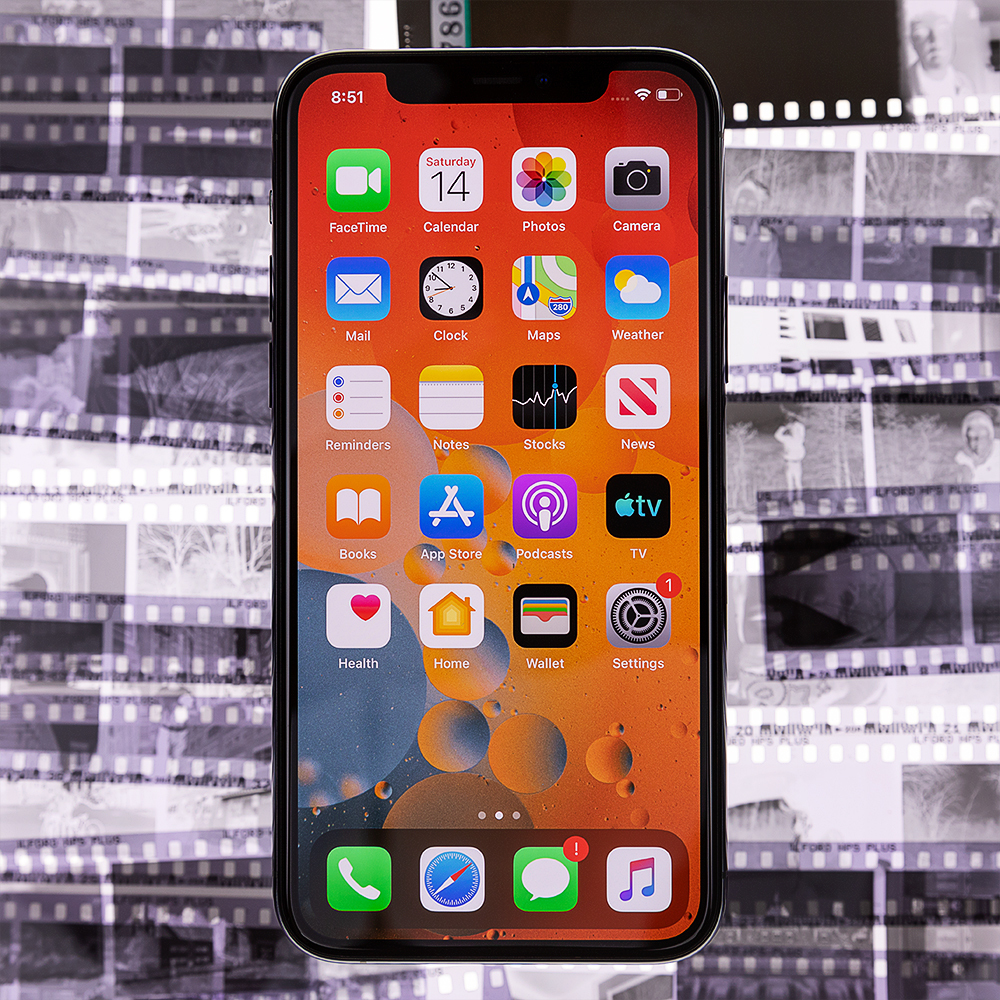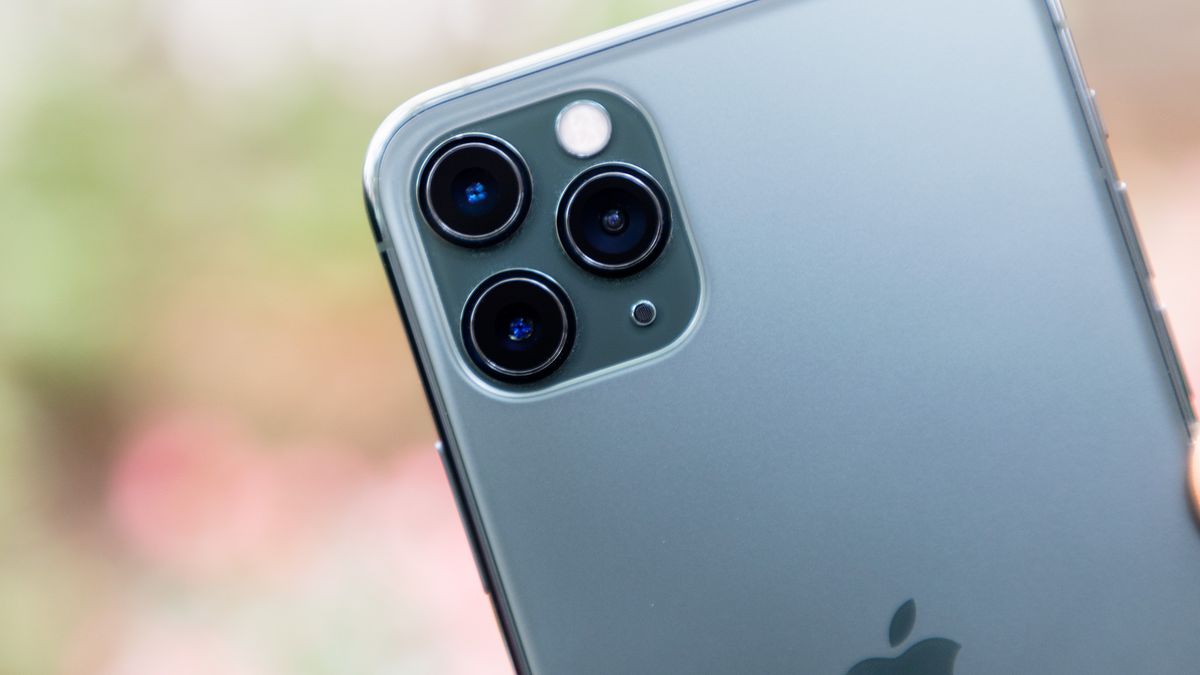

Don't expect an image comparable to 48MP Bayer from the full sensor or quite the level of detail you'd expect from '12MP' in crop mode. The main camera offers a mode where it crops in to the central 12MP section of the sensor, but given it's a Quad Bayer pattern, this is effectively 12 million photosites behind a 3MP Bayer pattern, so there's more interpolation to be done than usual. This suggests ability to access the full native resolution in a file generated after image merging suggests Apple is combining images before the demosaicing process.Īlthough delivering 12MP in its normal shooting mode, photographers will be able to access all 48MP from the iPhone 14 Pro using the ProRAW format. The camera will primarily deliver 12MP images by combining quartets of pixels to give the 2.44μm pixels discussed in Apple's presentation, but can also deliver 48MP ProRaw files, from the individual 1.22μm photosites. Image: adapted from Sony Semiconductor illustration

#Camera plus pro review iphone Patch
Each color patch extends over four photodiodes, each of which has its own microlens in front of it. The Quad Bayer design (right) uses an oversized version of the conventional Bayer pattern (left). The aperture is reduced from F1.5 to F1.79 but this is brighter in equivalent terms than before: the sensor is nearly twice the size, which more than makes up for the ~0.3EV slower F-number. The Pro models gain larger sensors for their main cameras, jumping from 12MP Type 1/1.7 (7.5x5.7mm) to 48MP Type 1/1.28 (9.8x7.3mm) quad-pixel chips. The company quotes figures of at least 2x improvement in low light through the use of its latest image combination technology, dubbed 'Photonic Engine.' Details of this process are lacking, beyond talk of the images being combined earlier in the process.Īpple's iPhone 14 Pro uses a 48MP sensor and clever processing to achieve improvements in quality.Īpple tends to be cagey about specifics, so we can't know how much of this claimed 2x improvement comes from combining more shots or more sophisticated noise reduction, but there are hints that the data is being combined before demosaicing, based on what the company said about its iPhone 14 Pro models.Īll of the promised improvements beyond this 2x figure come from either the use of a larger sensor or brighter aperture. In revealing its new iPhone 14 lineup, Apple makes the usual claims about its latest models having the best cameras yet, but what's interesting is how this is being achieved: a combination of clever processing and the brute force of utilizing bigger sensors.


 0 kommentar(er)
0 kommentar(er)
